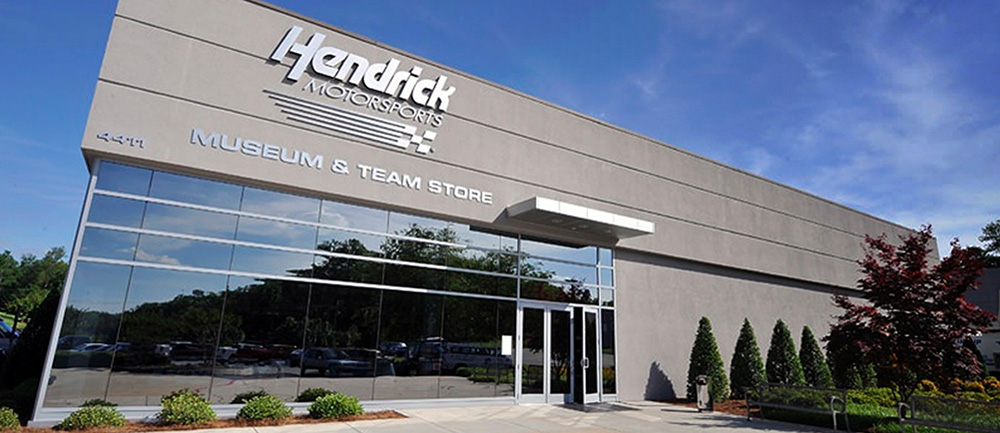ALTON, Va. – The next phase of the Garage 56 project for Hendrick Motorsports took place with a two-day test at Virginia International Raceway.
The 3.27-mile course in Alton, Virginia, was the site of the debut of the Hendrick Motorsports-built Garage 56 Chevrolet Camaro ZL1 test car.
"It’s a huge milestone for us," Hendrick Motorsports vice president of competition and Garage 56 program manager Chad Knaus said. "It doesn’t go without its challenges of course, but that is why you come to the racetrack to test. With all the people here and all the resources that have been here at VIR today, it shows the importance of this program and what a big commitment it has been from everybody."
PHOTOS: See scenes from the test at Virginia International Raceway
Overall, it was the program’s second time on track with the first coming in August at Road Atlanta. That car was a concept car prepared by Action Express Racing.
"This is a little bit more of what the car is going to be from a chassis standpoint," Knaus said of the differences between the two test cars. "The engine is different. There are a lot of suspension components that are significantly different. It’s quite a bit different than what we had at Road Atlanta."

The entry awaits its official invitation to compete in the 100th running of the 24 Hours of Le Mans on June 10-11. In March, Hendrick Motorsports announced, in collaboration with NASCAR, Chevrolet, IMSA and Goodyear, its intention to compete in the 2023 24 Hours of Le Mans a special Garage 56 entry. Garage 56 was introduced in 2012 as a special single-entry class for innovative cars. It allows for creativity without taking away a spot in the traditional starting grid.
RELATED: Trip to France 'valuable' in 2023 Le Mans prep
Mike Rockenfeller, a sports car veteran and part of the winning team of the 2010 24 Hours of Le Mans, piloted the car during the test. He was also the driver for the test at Road Atlanta. This year, the German-born driver ran two NASCAR Cup Series races on road courses. He has a wide variety of experience across multiple racing disciplines and that comes in handy during testing.
"Every car is different," Rockenfeller said. "I think it helps to have this experience and to know what you want to develop because I think that’s why we are here. We have some freedom on this program and we have certain goals. Obviously, there are different ways in achieving that. We know that we need to find performance. We know that we need to make the Cup car faster. I’m very fortunate to be involved to do all those outings and meetings with a great team."
Monday wasn’t without its challenges. A fuel cell leak over the weekend nearly proved problematic. Once at the track, an electrical issue delayed testing in the morning and a fuel-pump issue stopped testing just before sundown.
"I think we all know when we go to these tests, we are going to run into something," Hendrick Motorsports program engineer Ben Wright said. "We put these test plans together, but we know one minute in, like today, it’s out the window.
"That was just kind of an electrical gremlin that we thought was one thing to try and fix. It didn’t work, so you just keep working through that. Ultimately, it was an electrical problem. We were able to kind of work through it and come up with a solution on the fly to get it working."
All in all, the test was a fact-finding mission to gather as much information as the process continues to move in earnest towards the potential entry.
"We wanted to come and establish a baseline of performance," Knaus said. "How the car was and how it compared to other series that have raced at this track before.
"We’re going through troubleshooting. What could go wrong? What will go wrong? How do we adjust? How do we fix it? That’s what we’ve been doing today is just fixing little problems and bringing up our performance as well."







































